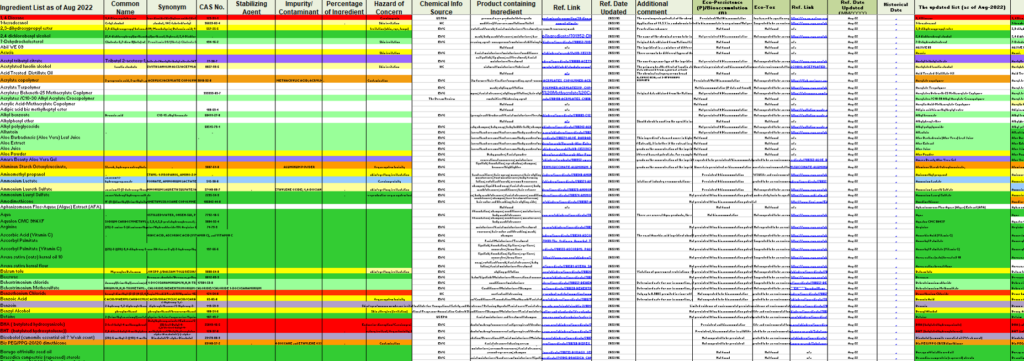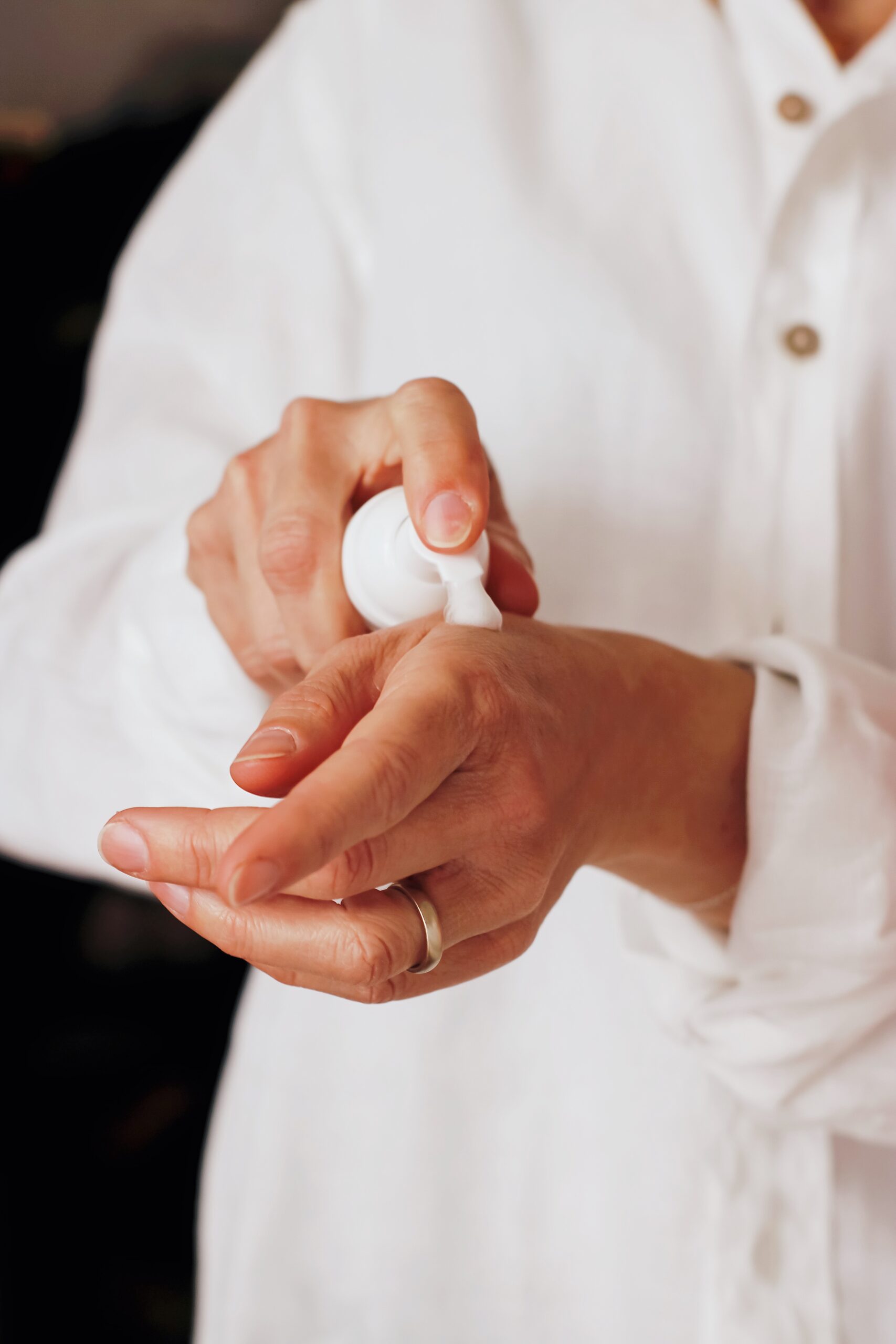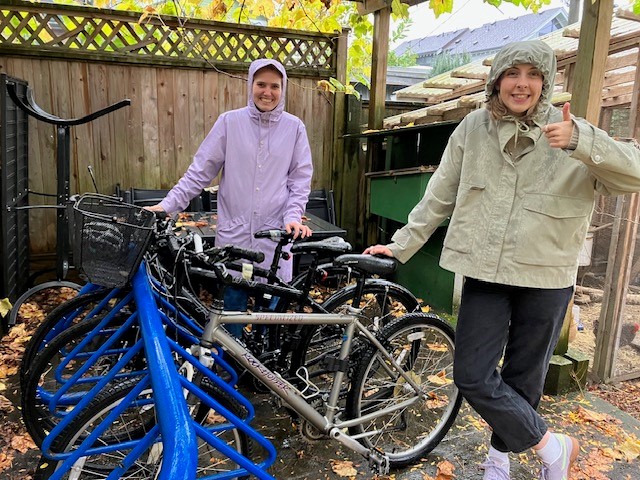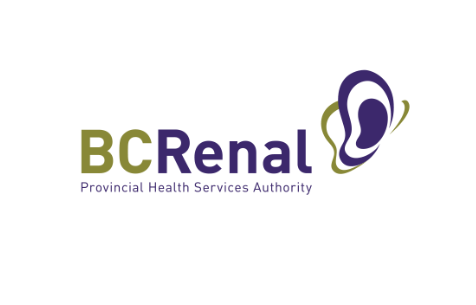BC ingredient inventory project aligns safer chemicals with patient care
While there are countless brands in the drugstore touting themselves as “clean” skin care, the Energy and Environmental Sustainability (EES) team has been identifying the cleanest skin care for B.C. health care patients since 2019. The research initiative is a collaboration between EES and the Provincial Professional Practice Stream Wound Ostomy Continence’s (PPPS-WOC) British Columbia Provincial Nursing Skin and Wound Committee (PNSWC) to better understand the ecological, environmental, and human health implications of hundreds ingredients found in common skin care products, including cleansers, shampoos, and lotions. It is likely the only skin ingredient inventory of its kind in Canada.
Initially, the work started with the PNSWC’s development of an ingredient list in 2012, where a colour-coded system was used to indicate the safety of each ingredient for human use. For example, dark green indicated that a product is safe to use, while red indicated it is not safe.

Photo: a snapshot of the ingredient inventory, which includes hundreds of catalogued skin care ingredients
In 2019, UBC Sustainability Scholar Brianne Della Savia was hired to update and add environmental considerations to the list. Ingredients commonly used in products like sunscreens can have negative effects on the environment. For example, benzophenone derivatives found in some sunscreens and preservatives like parabens and triclosan can harm coral reefs and have negative health effects on aquatic animals.
In 2020, EES and the lead for the PPPS-WOC, Shannon Handfield, co-mentored another Sustainability Scholar, Anuradha Ramachandran, to update the ingredient list and the ingredient inventory was presented at a national conference for nurses specializing in wound ostomy continence. In 2022, Shannon and EES worked together again to mentor Sustainability Scholar, Jerry Achar, who updated the ingredient references, solidified the inventory list and expanded its environmental considerations.
Over the years, the list has empowered PHSA Supply Chain Skin & Wound Value Analysis Team (SWVAT), comprised of clinician representatives from each health authority and supply chain buyers, to make smart purchasing choices — approximately 50 ingredients on the list are classified as toxic and essentially banned for procurement in B.C. health care settings. In addition, the SWVAT has worked with suppliers to develop more suitable products, such as fragrance-free versions of certain skin care products.
The ingredient list has been well received across the province, particularly as environmental concerns grow as a priority among staff and patients. With ongoing updates and expansions to the list, the initiative has become an essential resource for clinicians in British Columbia.








